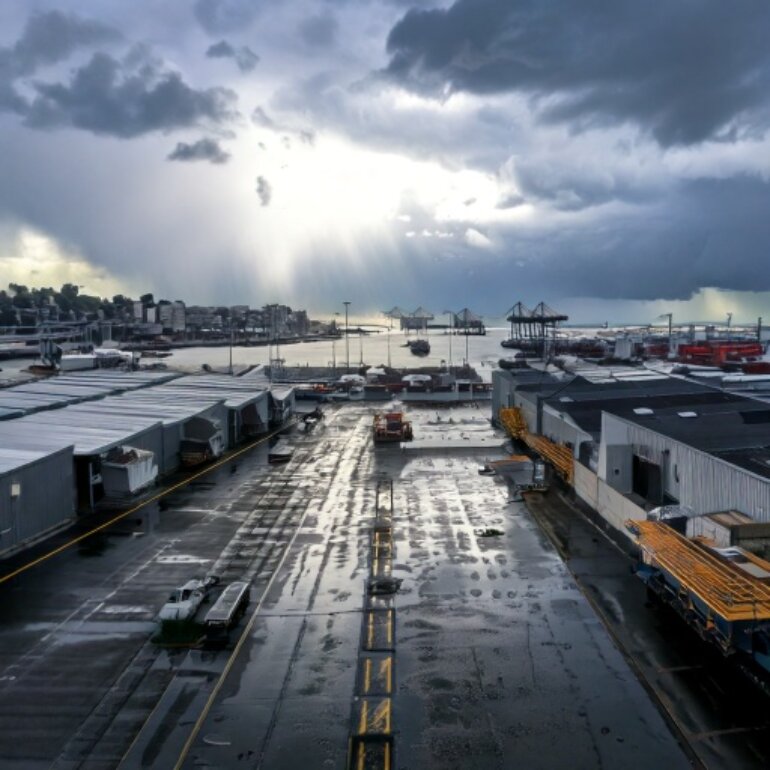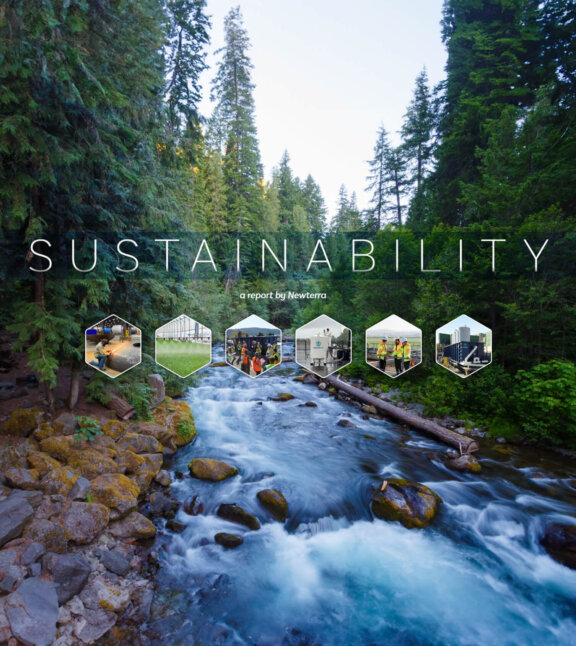Stormwater Rules Are Changing

Industrial Stormwater solutions
What Stormwater Rules Changes mean for Industrial Sites in Washington—and Beyond.
Starting in January 2025, industrial operators in Washington began working under a new stormwater permit.
It’s not a minor revision.
The Washington State Department of Ecology has reissued its Industrial Stormwater General Permit (ISGP) with expanded requirements—particularly around PFAS and 6PPD-quinone, a tire-derived contaminant now linked to fish kills in the Pacific Northwest. For many facilities, this means more sampling, more scrutiny, and likely, new investment in stormwater treatment.
It also means acting before the rules take effect—because compliance isn’t something you can bolt on at the last minute.Let’s break it down.
If your site has used firefighting foam (AFFF), PFAS sampling is now required. Facilities with heavy vehicle traffic—distribution centers, scrap yards, even some light manufacturing sites—are being pulled into new 6PPD-Q monitoring requirements, whether or not tires are their core business. Add to that lower benchmarks for metals and turbidity, and the bar for stormwater treatment is about to get higher.
But this isn’t just about one permit in one state.
California is already phasing out 6PPD. Oregon’s not far behind. These changes signal where regulation is headed—and if you’re in industry, you probably have the same concerns we’ve heard time and again.
What’s this going to cost?
Who’s going to run it?
What happens when it rains hard and nothing works like it’s supposed to?
Because here’s the truth: industrial facilities don’t exist to treat water. They exist to move product, serve customers, hit quotas, and turn wrenches. Every unexpected burden—especially one outside your team’s core expertise—carries risk. Cost risk. Compliance risk. Distraction risk.
That’s why the type of system matters.
Active systems—the kind that rely on pumps, controls, sensors, or chemical dosing—can work well in theory. But they require attention. Someone has to know how to run them, maintain them, log the data, and troubleshoot problems. They introduce complexity into operations that may already be stretched thin.
By contrast, passive systems are often the better fit.
No switches. No controls. Just treatment that flows with the storm.
They’re simpler to operate, easier to maintain, and more forgiving when the unexpected happens. And when they’re backed by the right technology partner—one that understands not just how to size a vessel, but how to keep it working year after year—they’re a smart investment, too.
We’ve worked with dozens of facilities across the West Coast to prepare for changes just like these. Not always by replacing everything. Often by making what they already had better.
Sometimes it’s new media. Sometimes it’s a retrofit. Sometimes it’s just a better understanding of how their system behaves in a real storm, not a controlled test.

What matters is this: the earlier you start, the more options you’ll have. And when compliance deadlines hit, options are everything.
If you’re unsure whether your current system can meet the new ISGP—if you’re weighing upgrades, worried about new sampling burdens, or simply trying to get ahead—we’re here to help you figure out the right path forward.
Let’s talk now, while there’s still time to plan.
Or, read our earlier article on how to make stormwater compliance accessible.
Article by Nathan CW Smith, SVP Lifecycle Services & Marketing


